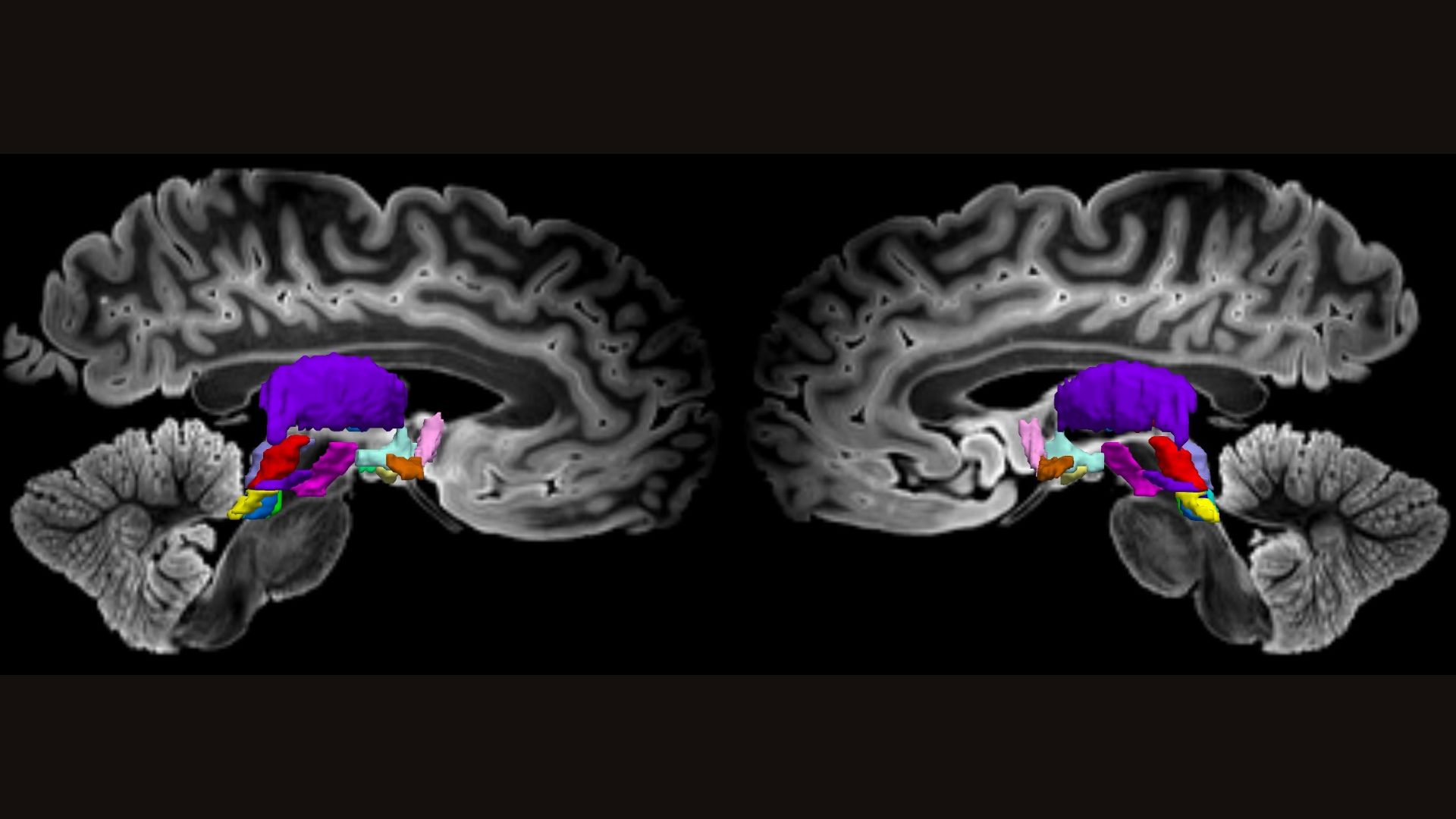Foods, Vol. 13, Pages 1167: Matcha Green Tea: Chemical Composition, Phenolic Acids, Caffeine and Fatty Acid Profile
Foods doi: 10.3390/foods13081167
Authors: Joanna Kika Karolina Jakubczyk Alicja Ligenza Dominika Maciejewska-Markiewicz Kinga Szymczykowska Katarzyna Janda-Milczarek
Matcha—Japanese powdered tea—is a variety of green tea (Camellia sinensis L.), one of the most popular beverages in the world. Due to the unique way it is grown, it contains high concentrations of health-promoting phytochemicals. The aim of this study was to determine the basic nutritional and phenolic composition of dry matcha green tea powder. The fibre content was determined according to the enzymatic–gravimetric method. Crude protein was measured by the Kjeldahl method. The total fat content was measured by the Soxhlet method, and the fatty acid profile was defined by the GC method. The determination of the phenolic acid and caffeine content was performed using high-performance liquid chromatography. The total fibre content of matcha was 56.1 g/100 g, with 52.8 g/100 g (94.1% of total fibre) of insoluble dietary fibre and 3.3 g/100 g of soluble fibre (5.9% of total fibre). The total protein content was 17.3 g/100 g. The total fat content in dry matcha was 7.285 g/100 g, comprising varying proportions of individual fatty acids, the highest ones being those of linoleic acid and α-linolenic acid. The caffeine content of matcha tea was 2213.492 µg/g. With regard to phenolic acids, the highest content was estimated for gallic acid (252.3755 µg/g). Matcha showed a particularly high content of total dietary fibre, with a predominance of the insoluble fraction. Matcha was found to be a valuable source of plant protein and unsaturated fatty acids, mostly of the omega-3 fatty acid family.

 2 weeks ago
24
2 weeks ago
24


